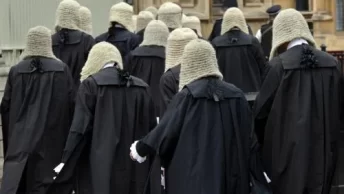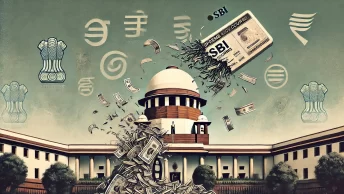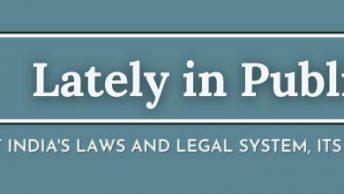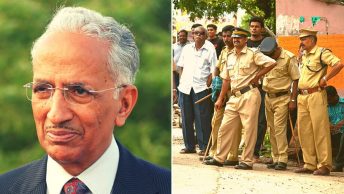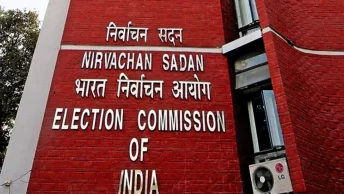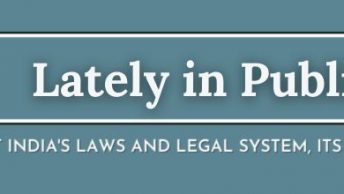This blog post replies to Sarthak Sahoo’s claim against intellectual bias as a ground of recusal. The author provides a rejoinder to his arguments while simultaneously revisiting his...
This article emphasizes that the core of the Electoral bond judgment lies not merely in election reform but in reinforcing equal access to political processes, a foundational aspect of Representative...
Several High Courts have granted prisoners the right to procreate with their spouse, including it within the ambit of “personal liberty.” The article analyzes such jurisprudence as detrimental to the...
Hear The Other Side: Critiquing Prisoner’s Right to Procreate From The Spouse’s Perspective – Part I
Several High Courts have granted prisoners the right to procreate with their spouse, including it within the ambit of “personal liberty.” The article analyzes such jurisprudence as detrimental to the...
Tuvalu, a small Pacific ocean island nation, has declared that its existence shall continue as a Digital Nation as climate change threatens to drown its land. In this piece, our analyst explores the...
In this episode, we had the pleasure of sitting down with Rahul Matthan, founding partner at Trilegal and head of their TMT practice, for an insightful conversation about his latest book, The Third...
A fortnightly feature inspired by I-CONnect’s weekly “What’s New in Public Law” feature that addresses the lacuna of a one-stop-shop public law newsletter in the Indian legal...
The article examines the ongoing difficulties in appointing DGPs in India, with a focus on the worrying trend of State governments violating Supreme Court orders aimed at ensuring a stable and merit...
The article deals with the constitutionality of appointments to the Election Commision as well as the recent executive interference and its impact on the independence of the institution. A vaccum of...
This blog deals with the Supreme Court’s precedent in Bar of Indian Lawyers v. DK Gandhi which exempted lawyers from the applicability of the Consumer Protection Act, 1986. It critiques the...
A fortnightly feature inspired by I-CONnect’s weekly “What’s New in Public Law” feature that addresses the lacuna of a one-stop-shop public law newsletter in the Indian legal...
A mass movement led by students has ushered in a new dawn in Bangladesh. What began as a claim for reform of the quota system transformed into a national movement to oust Bangladesh’s long-standing...
A mass movement led by students has ushered in a new dawn in Bangladesh. What began as a claim for reform of the quota system transformed into a national movement to oust Bangladesh’s long standing...

